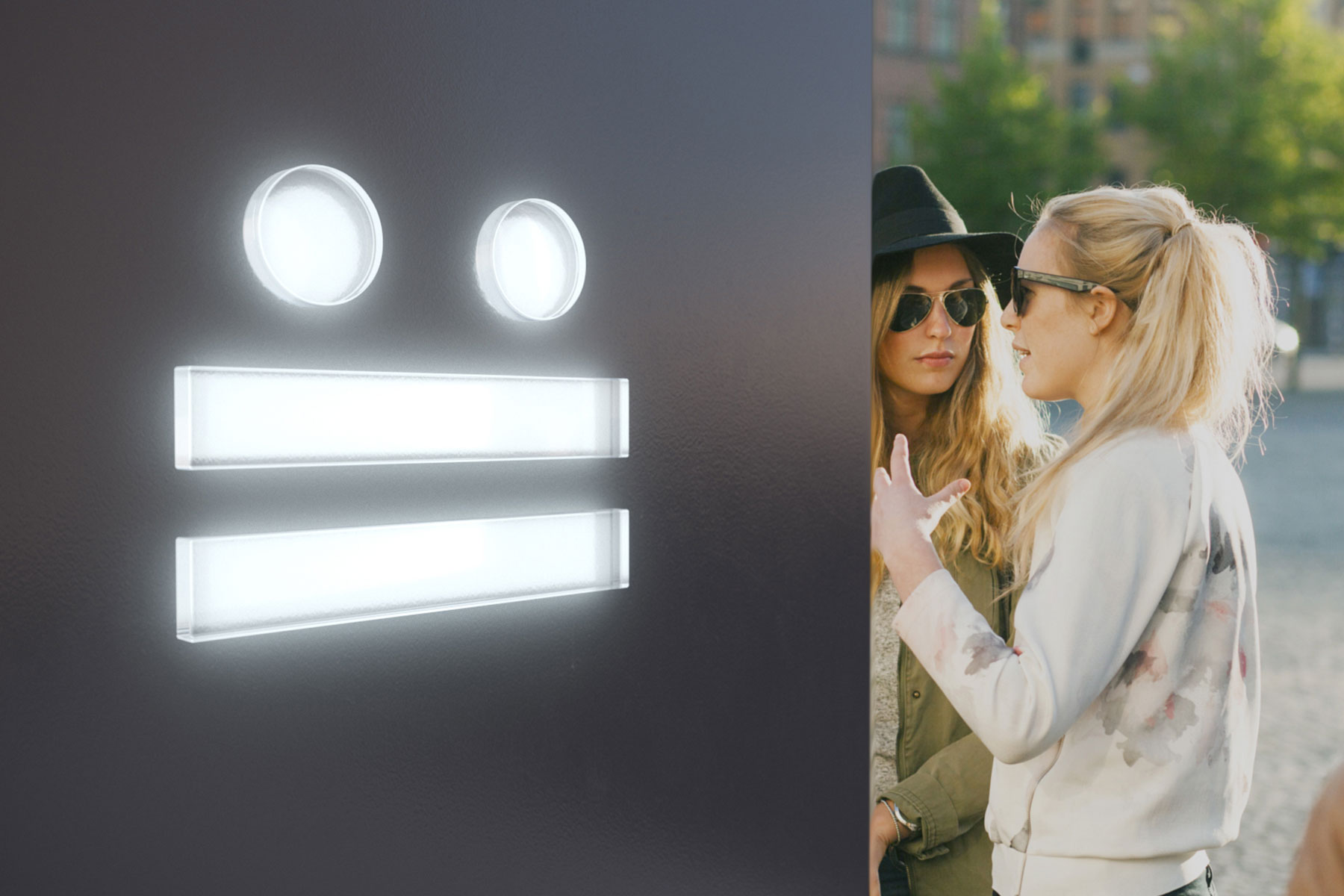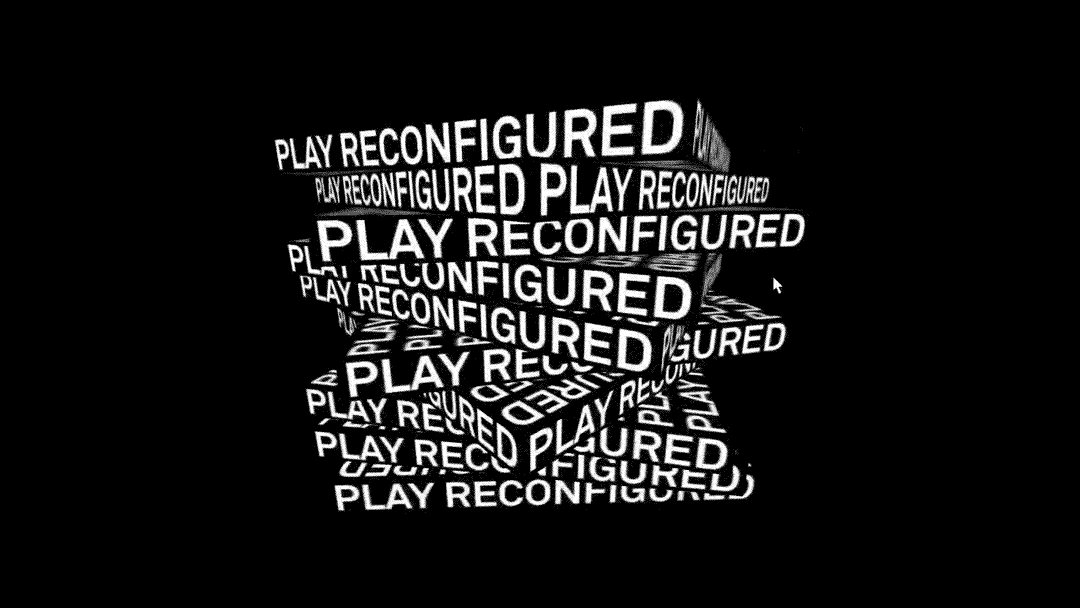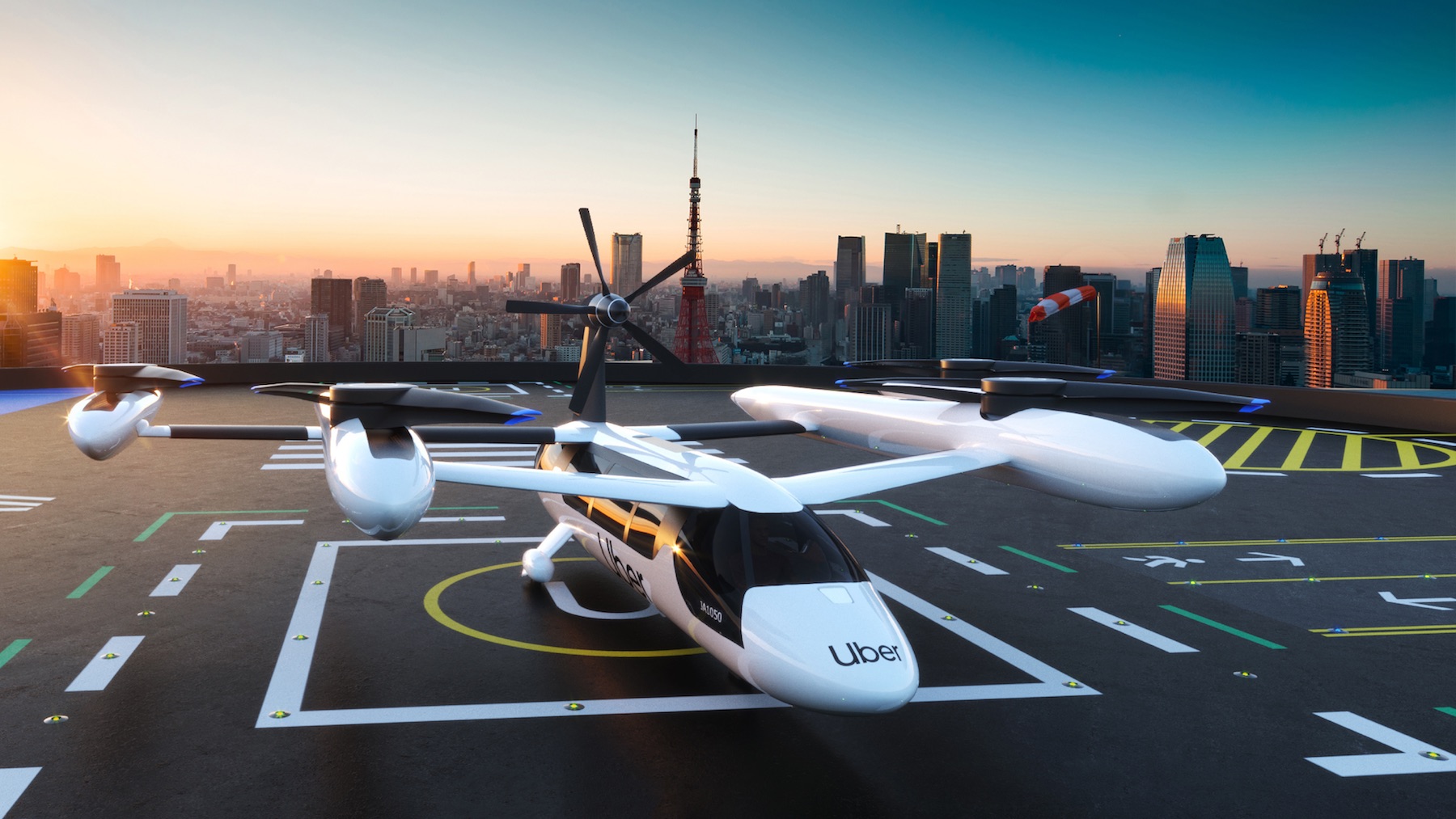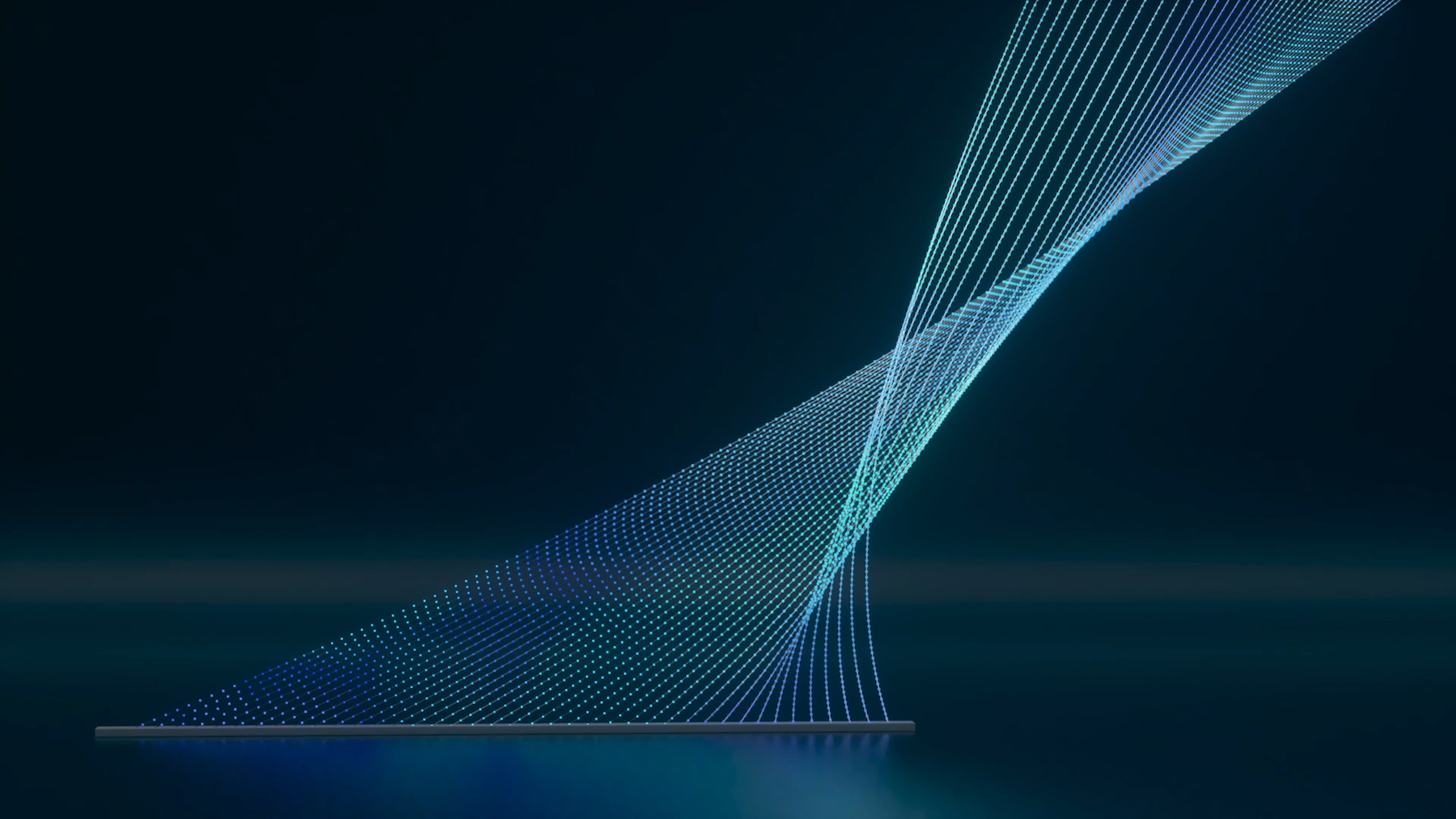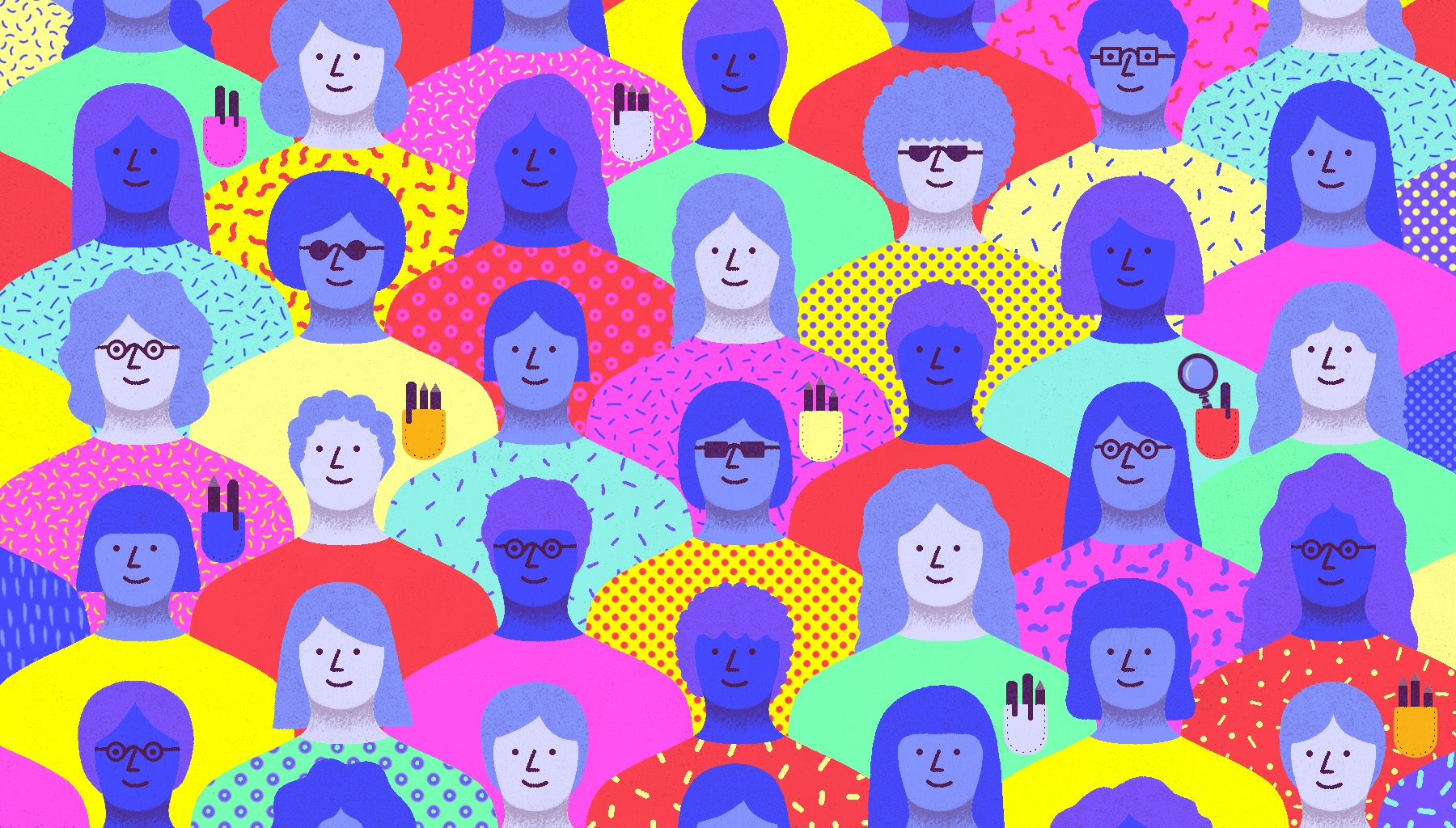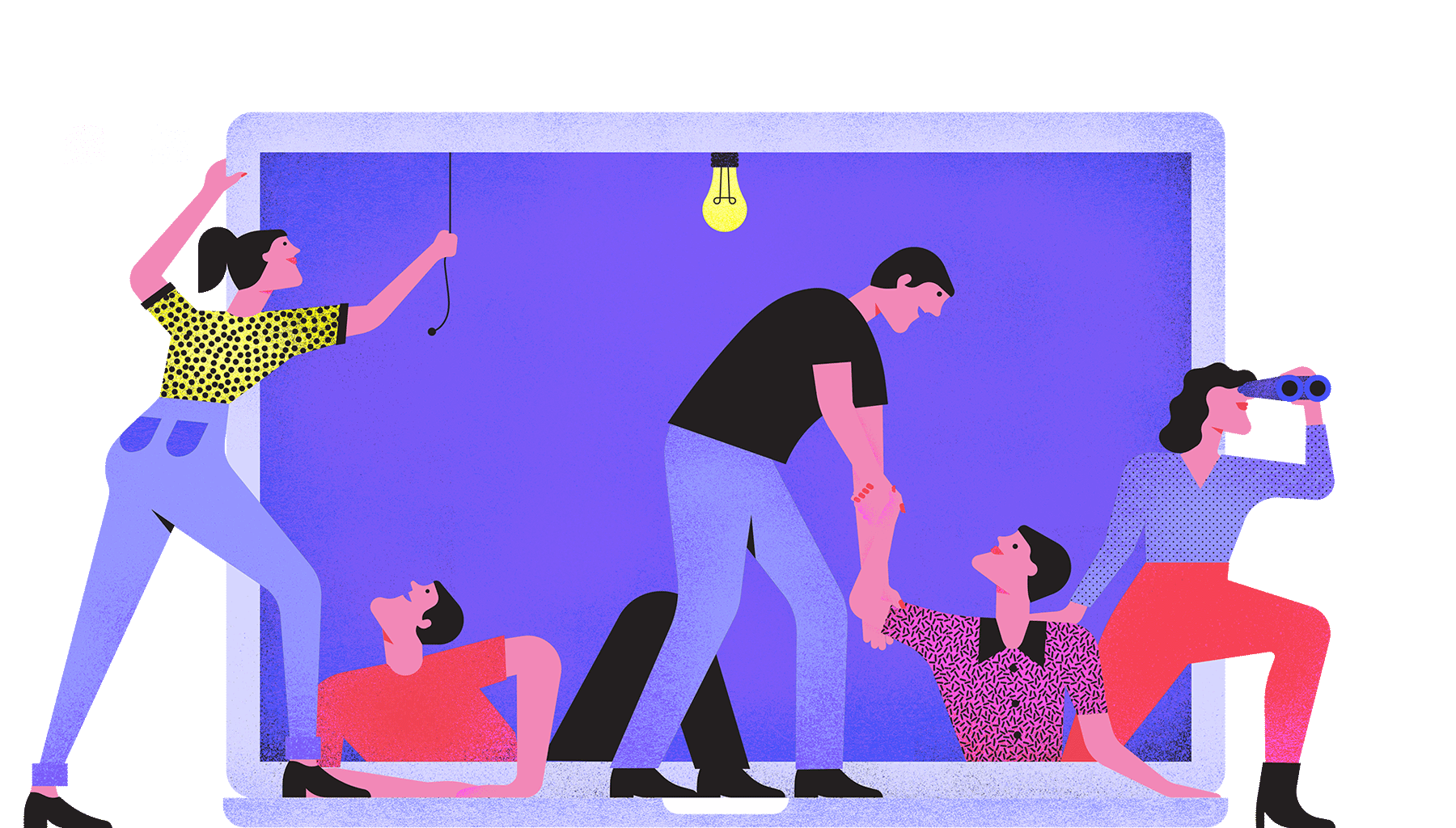
Embrace the Big Shifts
4 minute read
“Sorting everything at CES into "future botnet component" and "vaporware." Those are the only categories.” — @AthertonKD
This delightfully snarky tweet stuck in my mind this year having experienced CES 2017 in all its terrible glory. The world’s biggest consumer electronics Expo certainly doesn’t suffer from a lack of content and the hype is palpable at every turn.
What I’m especially interested in is the paradigm they represent (in this case digital immersion). Digital technology is on a perpetual hype curve. Individual technologies rise, but what remains more powerful are these underlying concepts, particularly when placed in service of a solid creative idea.
It was with this in mind, and my own immersion in the various future clamoring for attention in the disorientating halls of Las Vegas back in January, that I compiled a set of twenty paradigms for the next five years.
Here are the 5 most compelling for me currently:
1. Ambient Technology In a world where digital experiences can be attention hungry, ambient technology will provide passive, background service directly at the point of need. There doesn’t seem to be anywhere else that screens can go other than thinner and lighter. Their final form will be a piece of glass. The next phase of digital evolution is, in any case, moving us away from interacting with screens and services and toward connecting directly to our lifestyles and environments. Post-screen and post-device digital will have a huge impact on brands used to thinking visually first. The code which drives them will be an encapsulation of your brand purpose.

2. Quality Interactions The principle quality of any real world experience is the human interaction. Take the people out of a retail store and it just becomes a generic showroom for products and services. It’s the people and the way they transact with the customers that builds the relationship between customer and brand. The trend of the conversational application - Alexa, Siri, Google assistant - and the rise of chatbots, fuelled by machine learning, is at the heart of the need to get to the essence of the human experience and find a new interaction model which echoes it. The old quantity-based metrics of engagement - likes, shares, transactions - are replaced by qualitative measurements. The value is in the human relationship.
3. Digital immersion If you think about it, most digital experiences have been by proxy. We use agents (browsers, computers, phones) to interact with digital services. It is something we utilise rather than something we truly experience.Virtual and Augmented realities might be grabbing the headlines (although with less regularity of late), but there will be many ways to provide immersion into these new digital worlds.
The most successful experiences will be those that don’t attempt to simulate reality, but instead give you a conceptual experience through deep immersion. Collective experiences have far more power than individual ones; human interactions have more power than human:machine transactions.
4. Context Adaptivity AI is promising many things at the moment, as Big Data did before it. Perhaps the most interesting effect in the trend toward automation, however, is that digital experiences can start to be far more adaptive to our contexts. This is, in my view, the holy grail of digital design and it has been a very blunt tool up until now, relying on basic matching of tracked behaviours. Where machine learning will excel, however, is in the prediction of context on the basis of cross-referencing lots of data. We will need to think of digital design no longer as a singular optimum experience, but as one which readily shapes to our needs - the ultimate in responsive.
5. Connection with Purpose The “future botnet component” of the tweet which opens this piece isn’t just snark, it’s a note of caution to ensure that there is purpose behind the digital connections we make. This subtle shift of thinking considers things ‘smart’ not by virtue of the fact they can be networked, but because of the utility which they bring us. That utility will not be about individual actions (“Alexa, dim my lights”) but instead about setting up the contexts we wish to find ourselves in (“Alexa, I’m feeling anxious”). Getting to the heart of the need is at the core of every successful digital disruption (“Uber, I want to go home”).
Andy Dobson is Technical Director at Wolff Olins London. Connect @andrewdotdobson



